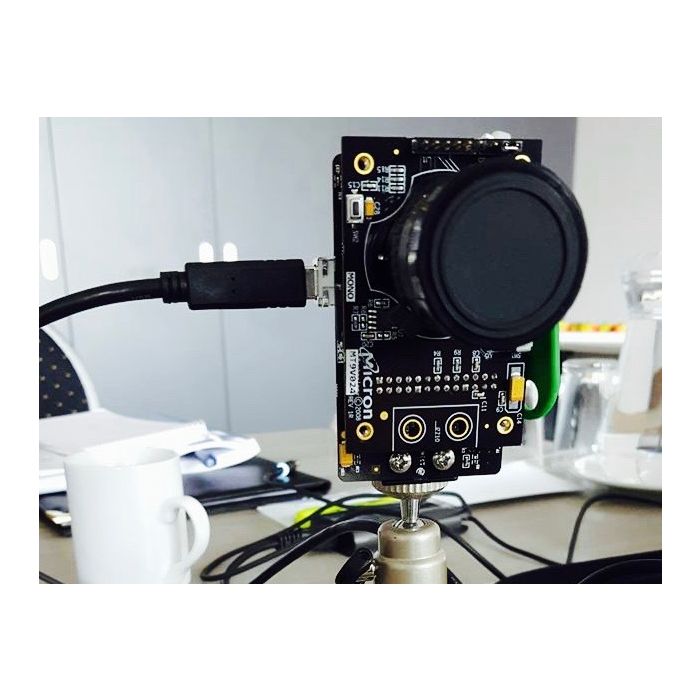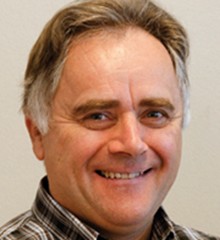Professor Albert J.P. Theuwissen, Delft University of Technology, the Netherlands, Harvest Imaging, Belgium is teaching this e-course about Sensors and Imaging.
This is an e-course in mixed format. Combining self-paced training with live weekly sessions with the instructor. Duration in total is three weeks of effective learning.
On four dates as shown below, at 12 o`clock noon CET, Professor Theuwissen will be available for live online Q&As.
Part 1 - Introduction to Correlated and Uncorrelated Noise in Imagers
In the introduction of the course, the differcnce between correlated and uncorrelated noise will be explained. In a first instance, one can put all fixed-pattern noise sources or noise in the spatial domain under the header of correlated noise, and one can put all temporal noise sources or noise in the time domain under the header of uncorrelated noise.
Part 2 - Characterization of Noise in Dark
It may sound strange that an image sensor, which is made to capture light, will be characterized first in dark conditions. But actually this should not really be surprising because noise will first become visible in the darkest parts of an image. For that reason the dark performance of an image sensor plays crucial role. It also sets the lower end of the dynamic range.
Part 3 - Characterization of Noise with Light
In the third and last part of the course, the image sensor will be characterized with light input. First the fixed-pattern noise (= correlated noise) will be measured, and next the temporal noise (= uncorrelated noise) will be characterized. All measurements will be based on an existing camera and with uniform light input. For both noise types, correlated and uncorrelated, some extra statistical operations will allow to split the overall noise characterized into a contribution on row level, on column level and on pixel level. This gives very useful information on where to find the root cause of the noise sources.



